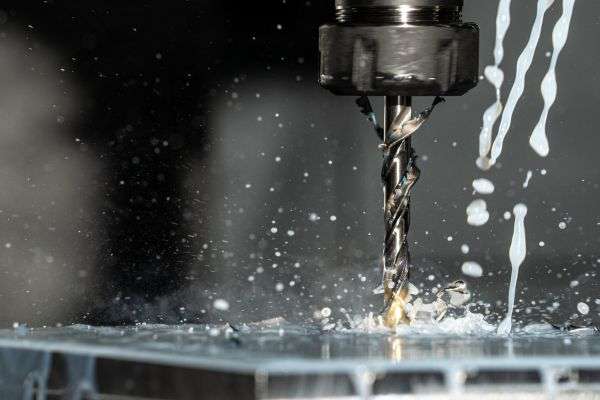
Aug 13,2024
CNC manufacturing is a pivotal automation process widely embraced across manufacturing facilities globally, owing to its adaptability with diverse materials, precise execution, and swift production pace. One might ponder how CNC machines consistently achieve flawless surface finishes across thousands of identical parts, regardless of design intricacies. This feat is accomplished through the extensive array of highly accurate tools at the disposal of CNC machines. These automated tools facilitate the creation of intricate features such as unique shapes, slots, and perforations.
Every industry is different, and within CNC machines, different kinds of CNC machines are suited for making different products based on their shape and dimensions. The CNC machines can be classified into two types based on spindle position: Horizontal Machining Center (HMC) and Vertical Machining Center (VMC).
This CNC machine's design configuration places the spindle directly above the worktable. The VMC is capable of executing all sorts of CNC operations, such as boring, drilling, and cutting. Most VMC machines have three axes, and some can even have five or six axes.
The HMC has a horizontal spindle location and an indexing rotary table. It is available in three, four, and five-axis versions.
The most visible difference is the Z-axis structure. In VMC, the z-axis moves vertically downwards for cutting and finishing. In contrast, the HMC's z-axis moves horizontally downwards in all cutting and grinding operations, which is a vital difference.
The dimensions of the worktable and its shape are also different between the two CNC machine types. The VMC worktable is a T-slot worktable with a cross-slide structure. The motion mechanisms of the VMC table consist of two motions, and an X-axis worktable is covered on the Y-feeding guide rail. However, the HMC worktable can only move in the X or Y direction. The HMC worktable is rotary and can be replaced with a double worktable in the HMC setup.
VMC specializes in the production of disk, sleeve, and plate components. The machine is capable of three linear coordinate motions and is fitted with a rotary table that moves along the horizontal axis. It also assists in the manufacture of spiral-shaped parts.
On the other hand, the HMC is capable of manufacturing parts with more than two sides and surfaces that are positioned radially, such as box and shell parts. For precision manufacturing, the precision HMC is the preferred option.
The configuration and design of the HMC setup make it quite easy to wipe out and remove debris during the workpiece's processing. This makes it easier to machine parts with complex shapes and intricate details on the surface. Moreover, the HMC can easily process parts of large sizes.
HMC occupies a large area and is also more expensive compared to VMC. Its technical operation is more complex since it is more difficult to troubleshoot its software than VMC's. Loading and unloading the pieces is also difficult in HMC.
The main advantage of VMC is that it is compactly built and thus occupies less space. This means more machines can be fitted per square footage on the factory floor. Additionally, it also costs significantly less than HMC. Moreover, it is easy to operate, and the software is relatively easy to program and configure. The buttons and controls are also fewer and less complex.
A crucial downside of VMC is that it is incapable of processing parts that are large in height. Moreover, debris cannot be removed efficiently during machining, which means that the tools can easily get damaged because debris gets stuck in moving tools. The lack of space also means less precise finishing of large-sized components.
When choosing between HMC or VMC, it's crucial to factor in elements like the material being processed, the required processing techniques, the range of operations, and the equipment cost. Machining centers are evolving towards integration. Before deciding on a specific type of machining center, it's essential to comprehensively assess factors like production efficiency, technological demands, and available funds. The selection plan's viability should be evaluated based on cost-effectiveness and suitability.